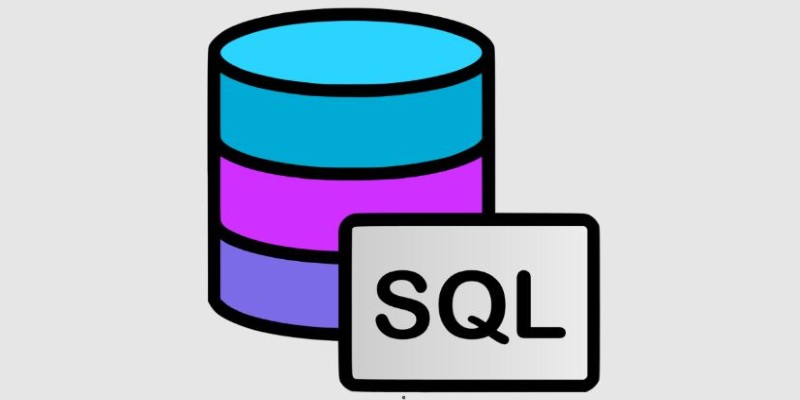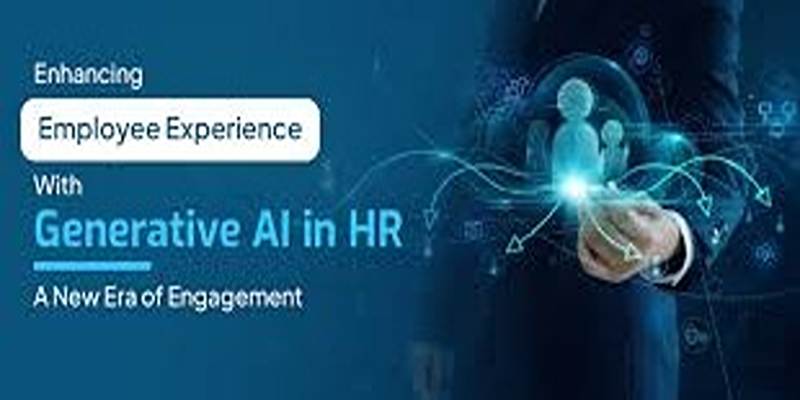As modern organizations adapt to fast-changing business environments, many are shifting toward more flexible staffing models. From freelancers and consultants to agency workers and independent contractors, the external workforce is becoming a vital extension of internal teams. However, managing these resources presents its challenges—especially when done manually or with outdated systems.
To stay competitive, businesses are increasingly moving toward streamlined external workforce management with AI. Artificial Intelligence now plays a key role in simplifying how companies engage, manage, and optimize their extended teams.
Understanding External Workforce Management
External workforce management refers to the structured approach of handling non-permanent workers. These may include:
- Freelancers
- Contract-based workers
- Temporary hires
- Consultants
- Gig economy professionals
This type of workforce allows organizations to scale quickly, plug skill gaps, and reduce fixed costs. However, it also introduces complexity. Managing contracts, tracking tasks, ensuring legal compliance, and maintaining communication can become difficult without the right tools.
The Need for Streamlined Systems
Traditional methods—spreadsheets, emails, and manual onboarding—are no longer sufficient. Businesses managing large or global external teams often face common hurdles:
- Lack of real-time visibility into who’s working on what
- Compliance risks related to labor laws and contract status
- Delays in onboarding and payments
- Miscommunication and duplicate tasks
- Difficulty measuring external worker performance
These issues not only reduce efficiency but can also increase operational risk and cost. As external workers take on more mission-critical roles, the need for streamlined, intelligent systems becomes undeniable.
AI as a Game-Changer for Workforce Management

Artificial Intelligence offers a new level of automation and decision-making that helps organizations efficiently manage their external workforce. Rather than replacing human roles, AI acts as an enabler—automating repetitive processes, enhancing data insights, and supporting better planning. Key areas where AI contributes to streamlined workforce management include:
Smart Onboarding
AI simplifies contractor onboarding by automating ID verification, document processing, and digital contract signing. It reduces manual errors and accelerates the time-to-productivity.
Skill Matching and Project Allocation
AI algorithms analyze worker profiles, skills, availability, and past performance to suggest the best match for a particular task or project. It ensures faster, more accurate allocation of work.
Automated Compliance Monitoring
AI tools track local labor regulations and ensure that contract terms, work hours, and payment schedules align with legal standards—especially helpful for companies operating across multiple countries.
Real-Time Task Tracking
AI-powered dashboards offer real-time views of task progress, completion rates, and bottlenecks, helping managers stay informed and make quick decisions.
Predictive Workforce Planning
Using historical data and current trends, AI can forecast talent needs and identify when additional external support will be required. This proactive planning reduces last-minute scrambles.
Key Benefits of Using AI for External Workforce Management
By integrating AI into workforce operations, businesses enjoy a range of practical benefits that go far beyond just saving time.
Enhanced Visibility and Transparency
AI platforms provide a unified view of all external workers—what tasks they’re handling, their productivity levels, and where delays may be occurring. It helps leaders manage expectations and identify areas for improvement.
Greater Accuracy and Fewer Errors
Manual tracking often leads to errors in contracts, time reporting, or payments. AI systems reduce these issues by automating data collection and syncing information across platforms. It not only prevents financial losses but also helps maintain professional relationships with external contributors.
Cost Efficiency and Time Savings
AI reduces the need for extensive admin support. Tasks such as generating invoices, assigning work, or approving timesheets can be handled in seconds. It allows HR and operations teams to focus on strategy instead of routine admin work.
Better Compliance and Risk Management

AI ensures ongoing compliance with employment laws and tax regulations. Automated alerts notify managers of any policy violations or contract expirations, helping businesses avoid penalties and legal disputes.
Real-World Applications and Use Cases
Organizations across various industries are already embracing AI to streamline external workforce operations:
- Marketing agencies are using AI to auto-assign content creation tasks to freelance writers based on availability and writing style.
- IT service firms rely on AI for screening and onboarding remote developers, minimizing time-to-hire.
- Construction companies use AI to coordinate subcontractors, track safety certifications, and ensure job-site compliance.
- Healthcare providers implement AI tools to manage shifts and the availability of contract nurses and specialists.
In each of these examples, AI has helped reduce friction, improve compliance, and ensure the timely delivery of services.
Features to Look for in AI Workforce Tools
For organizations considering AI for external workforce management, choosing the right tool is essential. Below are the features that matter most:
- Automated onboarding workflows
- Skill-based project allocation
- Real-time performance dashboards
- Secure communication tools
- Data analytics for forecasting and reporting
Not all platforms offer the same capabilities, so it's important to match tools to business needs and industry requirements.
Steps to Get Started
Adopting AI doesn’t require an entire system overhaul. Many organizations start with a small team or department and expand once results are proven. A step-by-step approach might look like this:
- Assess current gaps in workforce management processes.
- Identify high-impact areas where automation can help—like onboarding or compliance.
- Research AI platforms that specialize in external workforce tools.
- Run a pilot project with selected contractors or departments.
- Collect feedback from both internal users and external workers.
- Review data insights to measure impact.
- Scale gradually to other departments or regions.
This incremental approach reduces risk and ensures smoother adoption across the organization.
Conclusion
The nature of work is evolving, and so is the way businesses manage their people. With the external workforce playing a bigger role in delivering results, companies need smarter tools to keep up. By motioning toward streamlined external workforce management with AI, organizations can enhance flexibility, ensure compliance, and optimize performance—without drowning in administrative tasks. Artificial Intelligence is not just a tech trend. It’s a practical, powerful ally in transforming workforce operations. Companies that invest in AI-driven solutions today will be better prepared to handle the complexity of tomorrow’s blended workforce.











